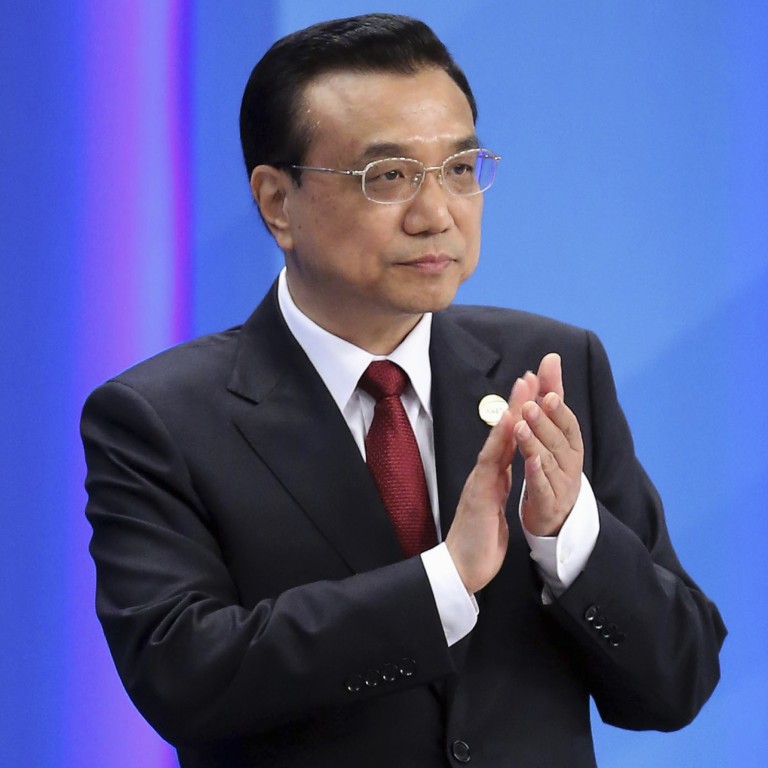
Analysis | Focus on value in a time of investment trend reversals
We have seen three significant investment trend reversals in the past few weeks.
First, the valuation of Russell 2000 saw its third peak in 20 years, with the previous two occurring during the 1997 Asian Crisis and the 2000 internet bubble. Emerging markets' relative performance, after plunging to levels last seen in the week of October 24, 2008, has started to stabilise. Long yield still lingers around its historical highs, but has started to ease.
The pain trades have now become obvious. But the market is still struggling to come up explanations for such a violent move.
In a volatile market, it is odd that the usual high-beta asset classes, such as emerging markets, China, industrial metals and gold, have outperformed significantly. These risk assets have somehow morphed into safe havens during the recent global rout. Even though it is easy to attribute the phenomenon to the usual “trend reversal” cliché, there is something in common among these asset classes - they all have long underperformed, and they are cheap.
But cheapness is never the reason to buy. So the question is, what is different this time that makes cheap valuation count? I believe that the receding global liquidity tide is likely to be the culprit. For instance, the jobless claims in the US this week saw the largest drop since the 2009 recovery, while food inflation experienced one of the largest surges in twenty years – it was epic. Even though these shorter-term economic data tend to be volatile, a general improvement in the unemployment picture, one of the key yardsticks for the Fed’s rate decision, as well as accelerating inflation, are enough to arouse the market’s concerns. Dwindling liquidity will make excessive valuation an inflection point for many previously high-flying assets.
During the last week, Premier Li Keqiang announced some targeted stimulus programmes, as well as the Shanghai/Hong Kong cross-market scheme. The PBoC has also come forth to explain its monetary stance with unusual clarity.
“Unusual monetary policy is justified during difficult times," the PBoC said in its statement. Some see this as a prelude to a Chinese-style Quantitative Easing. But such a last-resort move is unjustified for now. The word “unusual” is used to describe the PBoC’s policy with multiple goals, not just to contain inflation pressure. Employment growth, for instance, is also an objective. As such, the current monetary policy is already “unusual” in this regard.

Further, I would continue to put my money on value outperforming growth, on big outrunning small and on the continuation of emerging markets' relative performance. The relative performance of these asset classes will come from their low valuation as a defence in the face of surging volatility. Whether these significant trend reversals towards relative value plays can resurrect the value investment vogue remains to be seen. But its chances are looking better.
The author is managing director for research at Bank of Communications. Follow him on Sina Weibo.
